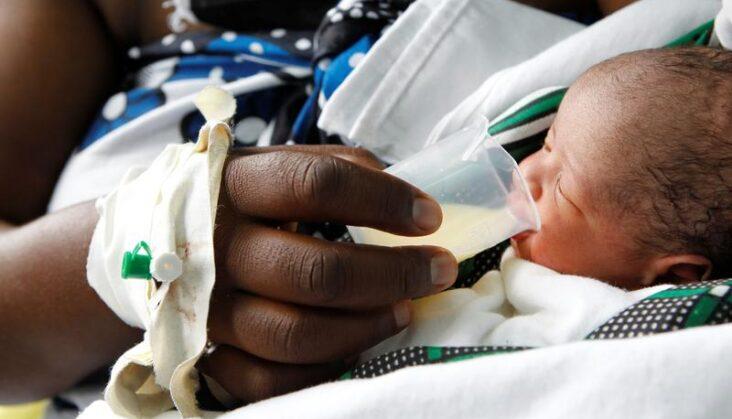Africa-Press – Mauritius. Africa will be beating most of the rest of the world on growth in the 2030s. For the next decade however, Africa will be short of capital – because of the demographics.
The implication for 2020s’ Africa remains that the continent will be short of capital. And to a great extent, this is a function of its demographics, not abusive banks or greedy mining and oil companies.
However, some policymakers do not recognise this reality. From Zambia to Egypt, we have often heard complaints about high interest rates. Kenyan parliamentarians blamed abusive banks and introduced interest rate caps to change the situation.
Tanzania tried a similar policy in the past. Neither worked. Nigeria’s central bank is demanding that banks increase lending to the economy but this will have only a marginal impact on the investment outlook in the country.
Far more powerful in the long term would be for leaders in these countries to pursue an effective family planning policy. It is not just local banks that are criticised.
Foreign investors are also accused of mispricing risk in Africa. High interest rates on external borrowing are seen as one reason for the $68-108bn annual financing gap in Africa’s large infrastructure needs.
While Africa is indeed very often misunderstood, the key question is why Africa needs to borrow at all? A common answer is that the West undervalues Africa’s commodity exports or takes a bigger than fair share of the profits from its investments in Africa’s mines and oil wells.
In the CFA zone, it is often said that France is keeping West Africa down, by holding FX reserves in Paris that is used to buy French debt. This is particularly ironic because the CFA zone is a set of exceptional countries with high fertility and low interest rates.
Across the continent, we hear justifiable outrage that the West does too little to stop capital flight from the continent. While these criticisms may well have validity, the point is many African countries are in fact oil-poor or even cobalt-poor, when we consider the number of people that commodity export revenues have to be divided between.
Nigeria exports only $1 a day (per person) from oil exports. Even if the oil price trebled to $180/bl and Nigeria got all the proceeds, $3 a day is not going to make every Nigerian rich.
For all the excitement about cobalt, the numbers are even smaller in DRC, where exports are worth $0.50 per person per day. Less attention is paid as to why China, rather than Africa, has such a surplus of savings that China can export them around the world, and at cheap interest rates.
It is not just China. We see this within Africa too. Morocco’s borrowing costs are remarkably low. Morocco has such a surplus of savings, it is indirectly exporting them across West Africa, via its banks’ expansion plans.
What marks China, Mauritius or Morocco apart from Kenya, DR Congo, Nigeria and Zambia? After analyzing 1,586 data points in as many countries as possible since 1960, we found out that demographics, and more precisely the fertility rate, affect savings and interest rates and strongly drive per capita GDP.
When there are fewer children (i. e. China, Mauritius and Morocco), the ratio of adults to children/pensioners improves and GDP growth per capita trebles. When there are many children per woman, it is accompanied by low savings and high interest rates.
We found out that in Egypt, Ghana, Kenya, the fertility rate will drop below 3 by 2030-2035, thus helping savings and bank deposits grow and enabling these countries to replace external borrowing with ever cheaper domestic borrowing.
In Angola, the Democratic Republic of Congo and Nigeria, the fertility rate will remain above 3 over the next 20 years. Leaders in these countries may be looking at faster growths in other neighbouring countries and fail to recognise what is driving the better growth – the demographic dividend.
This is when you stop having lots of children, and when you die because you are old rather than because of disease. For many decades, you are neither spending heavily on children nor elderly parents. More importantly, the proportion of the population able to work rockets higher.
Policymakers can talk about financial inclusion and mobile money, but if a country has a total fertility rate above 3, bank deposits will probably be 30% of GDP or less and real interest rates will be one the highest in the world.
Fertility trends are the explanation of why we believe Kenya should grow faster than Nigeria in the next two decades, and indeed, why most of Africa will be beating most of the rest of the world on growth in the 2030s, rising by 57% by 2030, relative to 2019 GDP levels.
For More News And Analysis About Mauritius Follow Africa-Press







